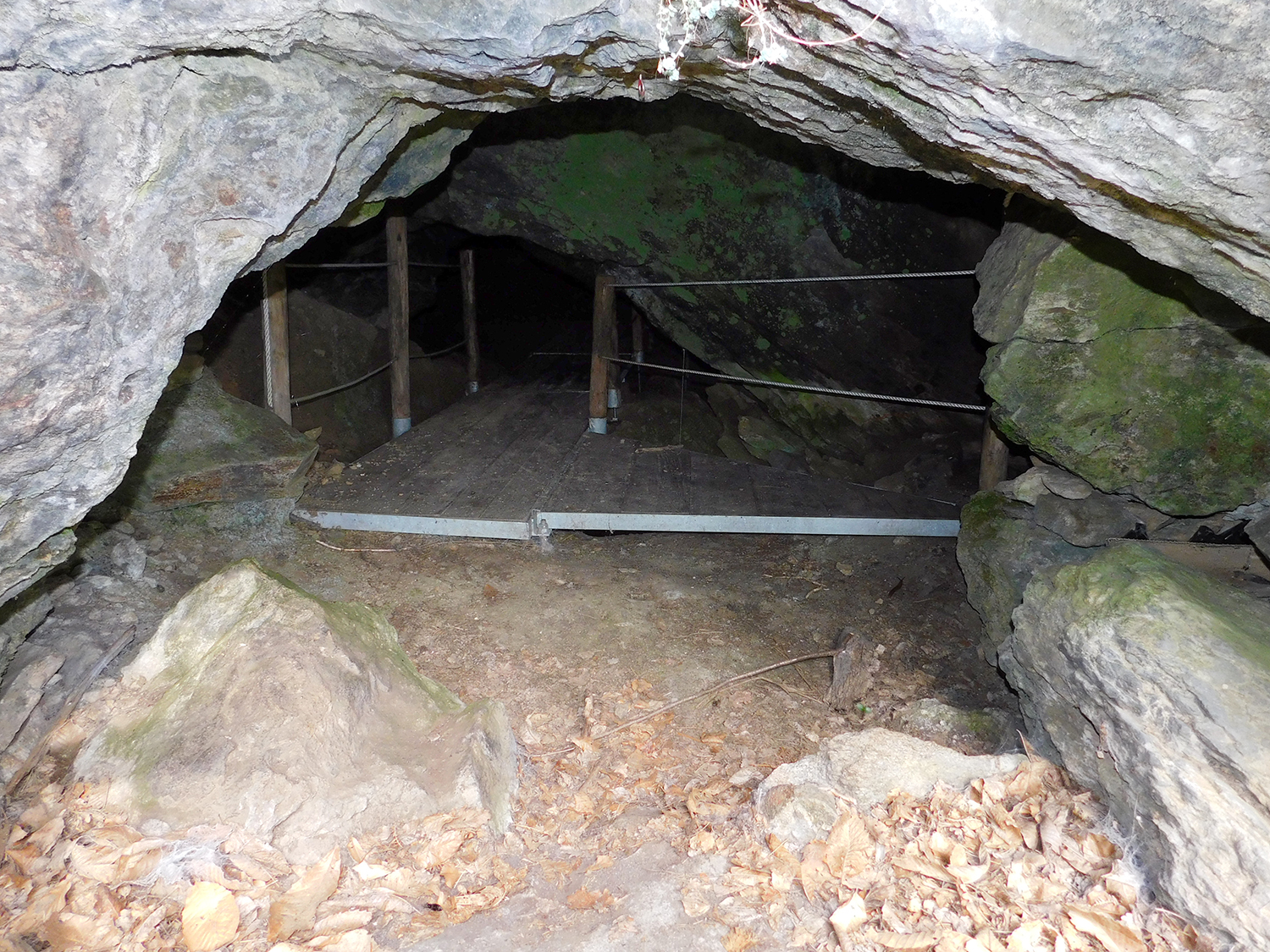In the charming Canavese area, the doors to a millennial past open. Numerous archaeological findings reveal traces from the Neolithic period when the first agricultural colonizers arrived in the morainic amphitheater of Ivrea. This territory, so different from the current one, appeared as a unique environment after the end of the last glaciation, around 12,000 years ago. The mountains were the only refuge, with an ecosystem resembling the subarctic tundra, providing an ideal habitat for ungulates like chamois and ibex. Over the centuries, the climate fluctuated between periods of warmth and cold, influencing the growth and distribution of vegetation. Pollen diagrams testify to a strong growth of tree species during the Atlantic climatic phase, characterized by warmer and more humid temperatures than today. Oaks, ash trees, elms, hornbeams, lindens, and poplars dominated the plain, while beech and pine forests extended over the mountains. A lush forest crossed by rivers and streams framed numerous bodies of water, evidenced by fern spores and other entities indicating a humid environment.
Human settlement consolidated during the Bronze Age, with significant finds near the still-existing or transformed lake basins. The
Viverone and Bertignano pile-dwelling villages offer us a precious window into the past, enriched by the discovery of ancient canoes. Other sites reveal Neolithic artifacts, such as the reliefs of the San Martino castle,
Santa Maria di Doblazio, Panier in
Pont Canavese,
Boira Fusca and Navetta in Salto, Monte Cordolo in Fiorano, and the Castellamontese hill of Filia. In addition to high-altitude sites, some lakeside areas like Montalto Dora and Viverone are of great archaeological importance. The fertile terraces favored human settlement and the early practices of slash-and-burn to create clearings, paving the way for cereal domestication. In these high lands, the presence of forests and the altimetric location also favored hunting and the breeding of ovicaprine.
Boira Fusca:
Boira Fusca is a cave located in the territory of Cuorgnè, in the Salto fraction, towards Pont Canavese, and is part of an archaeological area that also includes the cave of
Boira Cèra. In the 1970s, Boira Fusca’s cave revealed significant prehistoric remains spanning from the
Lower Paleolithic to the Bronze Age, offering a precious glimpse into human presence in these lands over the millennia.
In the lower level of the cave, numerous
Chalcolithic burials were discovered, while the Neolithic layer yielded a rich variety of stone tools such as quartzite, flint, opal, and rock crystal. Objects in ceramics dating back to the
Early Neolithic (5th millennium BCE) and other artifacts belonging to the Padanian square-mouthed vase culture in its middle phase (4th millennium BCE) were also found.
Among the most interesting finds are fragments of blades with steep retouching, a backed shoulder point, and a pair of awls, dating back to the Early Neolithic of the Ligurian impressed pottery. Two fragments of reddish pottery belonging to the same cultural horizon have also been found. It is important to note that dating undecorated ceramic fragments always poses a challenge for researchers.

The famous cave of
Boira Fusca, in Cuorgne’ Canavese
Viverone Pile-dwelling Site and Lake Pistono:
The Viverone Pile-dwelling Site is a fascinating testament to the past, an immersion into the ancient civilizations that populated the region. Located on the shores of the picturesque Lake Viverone in Piedmont, this archaeological site is a true hidden treasure.
The pile dwellings, houses built on wooden piles, date back to the
Bronze Age and Iron Age, and were discovered during archaeological excavations. Today, this site has been recognized as a
UNESCO World Heritage Site due to its historical and cultural significance.
The pile dwellings, dating back over 3,000 years, have been carefully reconstructed to allow visitors to understand how the ancient inhabitants of this area lived.
Through pedestrian paths and observation platforms, visitors can closely admire the pile dwellings and the surrounding environment. The archaeological artifacts recovered during the excavations are exhibited in local museums, offering another opportunity to deepen knowledge of this fascinating civilization.
Not only in Viverone but also on the shores of
Lake Pistono, remains of pile dwellings dating back to prehistory have been found, and a beautiful archaeological museum has been established there.
Another important testimony of prehistory in Canavese is certainly
the Soul Trail:
Through this easy route, it is possible to admire rocks with unique cross-shaped petroglyphs. Along the way, you will find informative panels showing the engravings and indicating the exact location of the rocks (which may not be immediately visible). In total
 The famous cave of
The famous cave of 